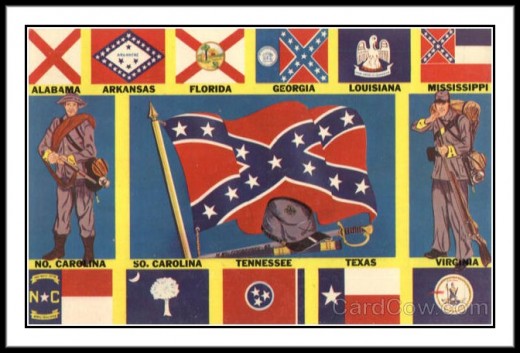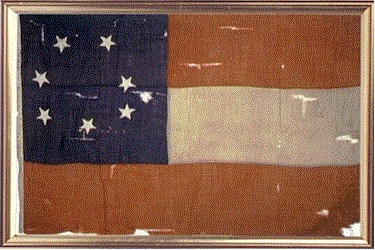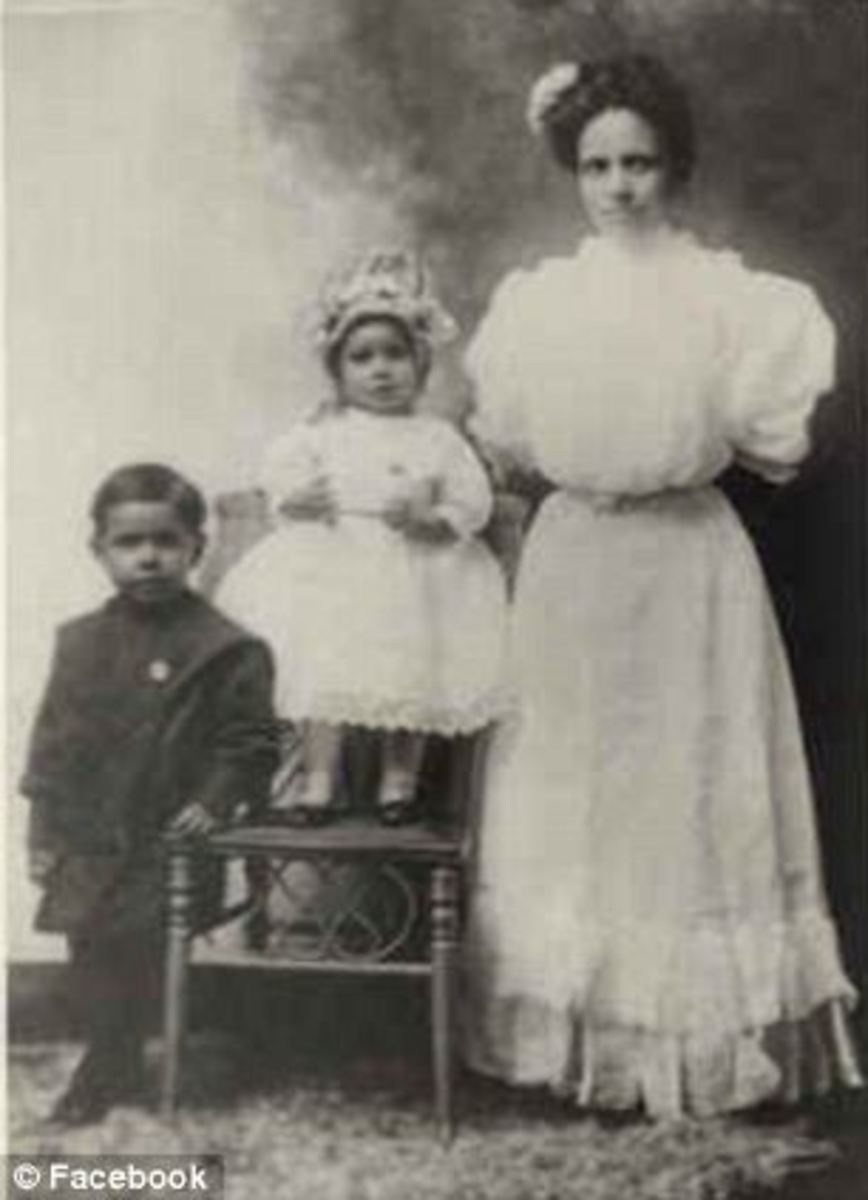Issues Causing the Civil War

Over 618,000 Casualties
There were over 618,000 casualties in the Civil War fought between the 4 short years of 1861-1865. Since the time of the Revolution, two camps had formed. Those arguing for more states rights and those arguing for greater federal government control.
There had been many misunderstandings between North and South in the years before the War. Southerners had been talking secession for many years, but most Northerners had come to take it as merely political rhetoric. Not until the war began would the North realize the South was in earnest.
The problems leading up to the Civil War began many years before the actual event. As America began to expand, the question of whether new states admitted to the union would be slave or free arose.
The Missouri Compromise passed in 1820 prohibited slavery in states from the former Louisiana Purchase, except in Missouri. Other legislation was debated and thrown out because a reasonable agreement couldn’t be reached, until the Compromise of 1850.

The Missouri Compromise
The Compromise of 1850 was created by Henry Clay and others to deal with the differences between slave and free states. One of the provisions was the fugitive slave act. Another issue was the Kansas-Nebraska Act of 1854. It created 2 new territories allowing states to use popular sovereignty to determine whether they would be free or slave. Proslavery Missourians crowded into the territory to help make it a slave state.. They were called "Border Ruffians." Problems erupted in violence at Lawrence Kansas. A fight even occurred on the senate floor when antislavery proponent Charles Sumner was attacked by South Carolina's Senator Preston Brooks.
Economic and Social Differences
Economic and social differences between the North and the South were one of the major causes for the war.The most important reason Southerners said caused the war was unfair taxation. Southerners felt the Federal government was passing import tax laws that treated them unfairly. They also believed individual states had a right to reject any law the Federal government passed as well as the right to secede from the Union. In short, they thought states should still have the right to decide if they were willing to accept certain federal acts.
With Eli Whitney's invention of the cotton gin in 1793, cotton became a very lucrative business. This machine was able to reduce the time it took to separate seeds from the cotton. However, at the same time it meant a greater demand for cheap labor, i.e. slaves.
Therefore, the South became mainly a one crop economy, depending on cotton and slavery. But the northern economy was more industrial than agricultural. The northern industrial complex was purchasing raw cotton and turning it into finished goods. The South held on to the plantation system and an antiquated social order while the North focused on industrial progress.
Meanwhile, many religious groups in the North were trying to end slavery in the United States. Abolitionists were working tirelessly opposing the concept one person could "own" another. Opposition to the institution of slavery was widely publicized by many abolitionist groups. Southerners considered this as an attack on their way of life.
By 1860 many white Southerners believed their way of life depended upon slavery which would mean adding more slave states to the Union. However, the Northern states were opposed to the idea. With the inauguration of Abram Lincoln as president in November 1860 Southerners felt threatened and concluded only secession could preserve their way of life.
Sympathies began to grow for abolitionists. This was spurred after a few major events such as the publishing of Harriet Beecher Stowe's Uncle Tom's Cabin, the Dred Scott Case and the Fugitive Slave Act that held individuals responsible for harboring fugitive slaves even if located in non-slave states.
Even though the situation was already a powder keg when Lincoln was elected in 1860, South Carolina issued its "Declaration of the Causes of Secession." Before Lincoln was even president 7 states had already seceded. Those were South Carolina, Mississippi, Florida, Alabama, Georgia, Louisiana, and Texas.
In February 1861, the seceding states sent representatives to a convention in Montgomery, Alabama where Jefferson Davis and Alexander Stephens were chosen as provisional president and vice president, respectfully. The number of states in the Confederacy increased to 11 by the secession of Virginia in April and of Arkansas, Tennessee, and North Carolina in May.
The convention, on March 11, 1861, unanimously ratified a permanent constitution similar to the federal Constitution. It prohibited African slave trade but still allowed for interstate commerce in slavery.
Although the government of the Confederacy was almost identical with that of the Union, the war accentuated their extreme differences. At the beginning of the war the population of the Confederacy was nearly 9 million including almost 3 million slaves. The population of the Union was about 22 million, including about 500,000 slaves.
From the beginning the South was hampered by lack of powder mills and suitable iron works. Only one plant in Richmond, VA was equipped to turn out large field guns. In addition, the railroad system was inadequate. Although the South fought valiantly against overwhelming odds, the struggles left it financially ruined. In the spring of 1865, the Confederate armies surrendered.








